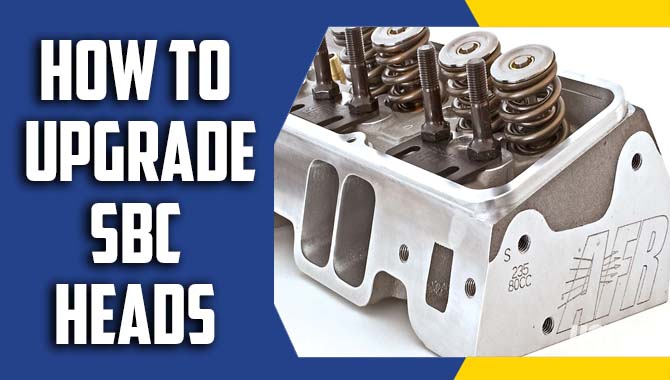If you’re a car enthusiast or a mechanic, you know how important it is to identify the correct parts for a specific engine type.
In many cases, a particular repair or restoration project’s success hinges on whether you’ve correctly identified the parts that will work best for your engine. One of the most critical parts of any engine is the cylinder head, and for those who work with small-block Chevy engines, understanding how to identify SBC head casting numbers is essential.
SBC head casting numbers can be found on the cylinder head and provide critical information about the cylinder head’s manufacturing date, the engine’s original application, and other important details.
However, decoding head-casting numbers can be daunting, especially if you’re unfamiliar with the process. Fortunately, we’ve compiled a comprehensive guide to help you identify SBC head casting numbers.
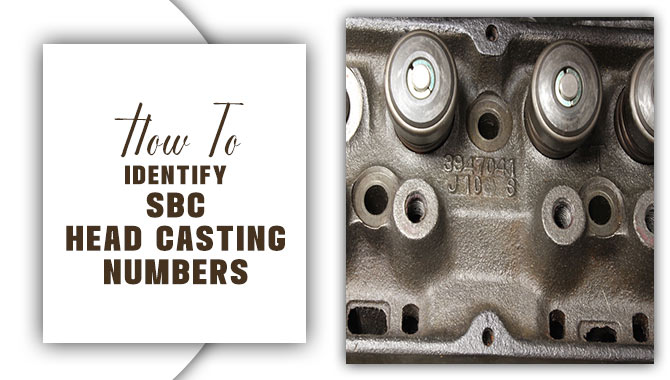
What Are SBC Head Casting Numbers?
SBC head casting numbers refer to the identification numbers stamped on the cylinder head of a small block Chevrolet engine. These numbers can be used to determine the year of manufacture, the type of engine, and other important information about the cylinder head. Not all SBC heads have casting numbers, and some may have been machined or altered in a way that makes identification difficult.
Why Is The Importance Of SBC Head Casting Numbers
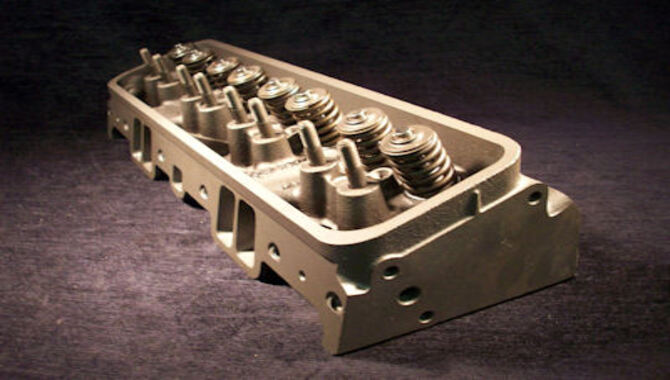
SBC head casting numbers are important because they can tell you a lot about the cylinder heads on your Small Block Chevy engine. The casting numbers can help you identify the year and model of the engine, the type of cylinder head and its specifications.
This information can be helpful when determining the compatibility of different parts or when modifying the engine. Additionally, certain casting numbers are more desirable than others, as they may indicate a higher performance capability or better flow characteristics. Understanding SBC head casting numbers can help you make more informed decisions when working on your engine.
Basic Tools Needed To Identify SBC Head Casting Numbers
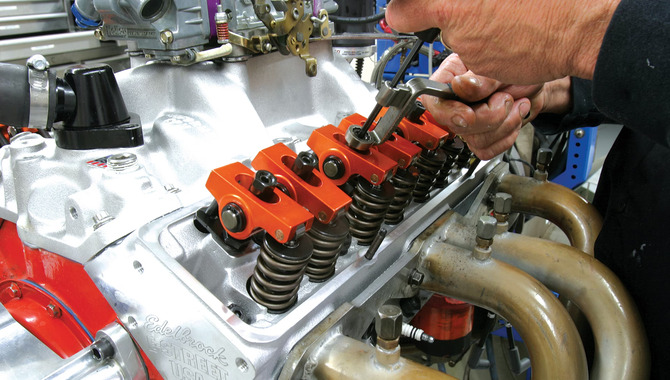
To identify SBC head casting numbers, you’ll need a few basic tools. You’ll need a set of safety goggles to protect your eyes from any debris or metal shavings that may come loose during the identification process. With these tools listed below, you can accurately locate the casting number on your SBC head.
Flashlight or bright light source: This helps illuminate the casting numbers and markings on the cylinder heads for easier reading.
Clean cloth or rag: Use it to wipe away dirt and debris that may obscure the numbers, ensuring clear visibility.
Magnifying glass or handheld magnifier: These aid in examining intricate details and making the numbers more legible, especially for small or faint markings.
Notepad and pen: Keep them handy to jot down the casting numbers and other relevant information for future reference or research.
Reliable internet connection or casting number reference book: These resources allow for accurate identification and interpretation of the SBC head casting numbers, providing detailed information about the cylinder heads’ origins and specifications.
How To Identify SBC Head Casting Numbers – You Need To Know
Identifying SBC (Small Block Chevy) head casting numbers is crucial for several reasons. First, it helps determine the compatibility of the cylinder heads with the engine block. Second, it provides valuable information about the original manufacturer’s specifications, such as the year of production, intended application, and performance capabilities.
Third, it helps identify common casting defects, which could affect engine performance and longevity. Here are the steps on how to identify SBC head casting numbers:
- Locate the cylinder head casting number: This can be found on the top or side of the cylinder head.
- Identify the first few digits of the casting number: This will indicate the cylinder head manufacturer.
- Look for the casting date code: This is usually located near the casting number and will tell you when the cylinder head was manufactured.
- Check for additional markings: Some cylinder heads may have additional markings to help identify them.
- Use a casting number reference guide: You can use a reference guide to identify the cylinder head based on the casting number and manufacturer.
Identifying SBC Head Casting Numbers By Visual Inspection
You can visually inspect the head to identify SBC (Small Block Chevy) head casting numbers. Look for a series of numbers and letters on the head’s top or side. These casting numbers can help you determine the engine’s year, make, and model.
A quick online search can provide a list of casting numbers and their corresponding information. However, it is essential to note that some heads may have undergone machining or modifications, which can alter the original casting number.
Using Online Resources To Identify SBC Head Casting Numbers
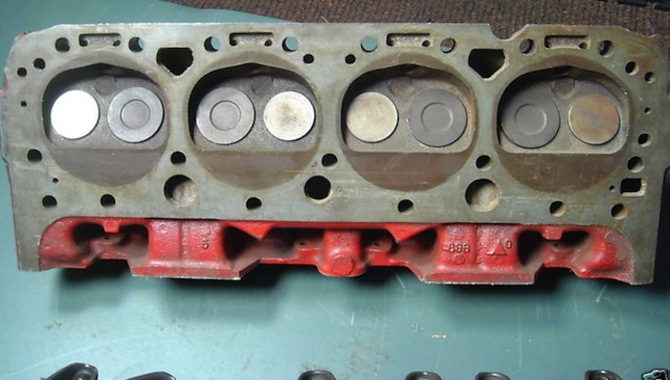
You can identify SBC (Small Block Chevy) head casting numbers using various online resources. These resources include websites, forums, and databases that provide detailed information on SBC heads and their corresponding casting numbers.
Using these resources, users can easily enter the casting number and receive information on the head’s features, such as valve size, combustion chamber size, and intake port shape.
This information can be helpful when identifying the head’s original application or determining its compatibility with other engine components. Overall, utilizing online resources can make identifying SBC head-casting numbers more efficient and accurate.
Interpreting The Meaning Behind SBC Head Casting Numbers
SBC head casting numbers are codes that help identify the specific type. Characteristics of a Small Block Chevy engine head. The casting numbers are usually located on the underside of the head and can be used to determine the head’s year, model, and intended use.
By interpreting the casting number, one can determine the type of valve train, combustion chamber design, and other important features of the head. This information can be useful for engine builders and enthusiasts looking to build or modify a Small Block Chevy engine.
Standard SBC Head Casting Numbers And Their Characteristics
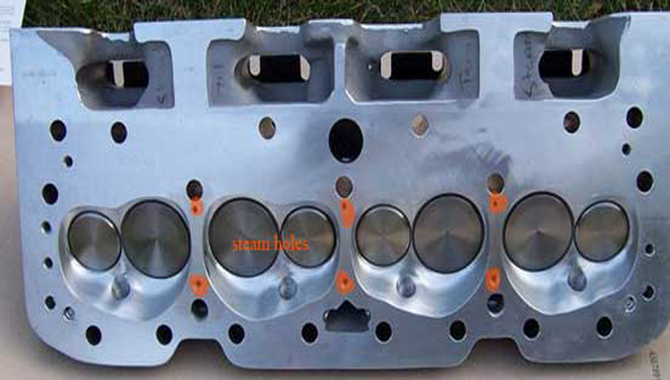
SBC (Small Block Chevy) head casting numbers are a way to identify the specific heads that were used on a particular engine. Some standard casting numbers include 14102193, 14101083, and 14102191.
These casting numbers can provide information about the head’s valve size, combustion chamber volume, and intake and exhaust port design. Matching the correct casting number to the engine used is important to ensure proper fit and performance.
How To Distinguish Between Different SBC Head-Casting Numbers
To distinguish between different Small Block Chevy (SBC) head-casting numbers. Start by locating the casting number, which can be found on the head’s exterior surface.
Next, cross-reference the number with a casting number guide to determine the head’s characteristics, such as chamber size, valve size, and material used. You can also compare the casting number to known performance heads to determine if the head is desirable for your application.
SBC Head Casting Numbers And Their Compatibility With Different Engines
The casting numbers are typically located on the top of the cylinder head, and you can use them to determine the engine’s year, make, and model. Matching the casting numbers to the correct engine is important to ensure proper fitment and performance.
Some casting numbers may be compatible with multiple engines, while others may be compatible only with specific models. We recommend consulting a trusted source or professional mechanic for assistance in identifying and selecting the correct cylinder head for your engine.
The Significance Of SBC Head Casting Numbers In Engine Performance
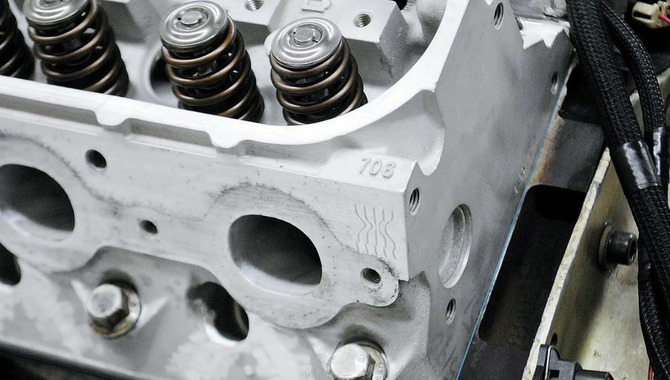
The casting numbers on an SBC (Small Block Chevy) cylinder head can provide valuable information for engine builders and enthusiasts. They can help identify the head’s year and model, which affects its compatibility with other engine components.
Additionally, certain casting numbers indicate high-performance heads with larger valves, better-flowing ports, and stronger materials. Knowing the significance of SBC head casting numbers can help you improve engine performance and ensure you use the correct parts.
Identifying SBC Head Casting Numbers For Engine Restoration Projects
Identifying the correct SBC (Small Block Chevy) head casting number is crucial when restoring an engine. You can usually find this number on the top of the head, which can help you determine the engine’s year, model, and specifications.
To find the correct number, it’s essential to clean the surface of the head and look for the alphanumeric code. Online resources are available to help match the number with the specific engine model and year.
The role of SBC head casting numbers in engine rebuilding and repairs
SBC Head Casting Numbers Refer To The Unique Identification Numbers Found On The Cylinder heads of small-block Chevy engines. These numbers are crucial in engine rebuilding and repair, providing information about the head’s design, manufacturing date, and compatibility with other engine components.
Knowing the casting numbers can help mechanics and engine builders identify the correct parts needed for repairs or upgrades, ensuring optimal performance and reliability. Additionally, understanding the different casting numbers can help enthusiasts identify rare or valuable cylinder heads for restoration or racing purposes.
SBC Head Casting Numbers And Their Impact On Engine Durability And Longevity

SBC (Small Block Chevy) head casting numbers can impact engine durability and longevity. The casting number provides information about the head’s manufacturing process, material, and design. Some casting numbers are known to have more desirability than others due to improvements in cooling, combustion efficiency, or other factors.
Choosing a head casting number matching your engine’s needs and specifications is important to ensure optimal performance and longevity. Consulting with a knowledgeable mechanic or engine builder can be helpful in making this decision.
Common Mistakes To Avoid When Identifying SBC Head Casting Numbers
Avoid a few common mistakes when you identify SBC (Small Block Chevy) head casting numbers. One mistake is relying solely on the casting number to determine the head’s compatibility with a particular engine. It’s also important to check other factors, such as the head’s date code and chamber size. Another mistake is assuming all heads with the same casting number are identical.
There can be variations within a particular casting number. So it’s essential to compare the physical characteristics of the head to the desired specifications. Finally, it’s essential to avoid confusing head-casting numbers with block-casting numbers. They are two separate components with their identifying markings.
How To Use SBC Head Casting Numbers To Diagnose Engine Problems

SBC head casting numbers can help diagnose engine problems by identifying the type of cylinder head installed on the engine. The casting number can provide information such as the engine’s year, model, and horsepower rating.
This can help determine the cause of poor performance or oil consumption. You can find the casting number on the head and decode it using reference materials like engine manuals or online databases.
The Benefits Of Understanding SBC Head Casting Numbers
Understanding SBC (Small Block Chevy) head casting numbers can benefit car enthusiasts and mechanics in several ways. By knowing the casting numbers, one can identify the year, horsepower rating, and original application of the cylinder head.
This information can help in selecting appropriate replacement parts, identifying potential upgrades, and verifying the authenticity of a vehicle. Additionally, understanding casting numbers can aid in determining the value of a vehicle and can be useful in restoring classic cars.
Conclusion
Identifying SBC head casting numbers can be daunting for anyone unfamiliar with the process. However, with the right tools and approach, it is possible to accurately identify the casting numbers for your SBC heads. This guide has provided the necessary information, including where to look for the casting numbers, how to decode them, and what they mean.
By following these steps to learn how to identify SBC head casting numbers, you can ensure that you are using the correct parts for your engine and achieving optimal performance. Remember, it is always best to consult a professional mechanic or engine builder for guidance if you are unsure about any aspect of the process.
FAQ’s
1.How Do I Read An SBC Head Casting Number?
Ans: The SBC head casting number consists of letters and numbers that provide information about the head’s manufacturing date, material, and other features.
2.What Do The First Two Digits Of The SBC Head Casting Number Indicate?
Ans: The first two digits of the SBC head casting number indicate the year of manufacture. For example, “64” would indicate that the head was made in 1964.
3.What Do The Next Two Or Three Digits Of The SBC Head Casting Number Indicate?
Ans: The next two or three digits of the SBC head casting number indicate the head type, its material, and other manufacturing details.
4.How Can I Tell If My SBC Head Is A High-Performance Model?
Ans: High-performance SBC heads typically have larger valves, better port design, and higher compression ratios. The casting numbers for these heads may include “double-hump” or “fuelie” symbols.
5.Can I Use My Engine’s SBC Head From A Different Year Or Model?
Ans: Yes, but it is essential to ensure compatibility with other engine components and to consider the potential impact on performance.


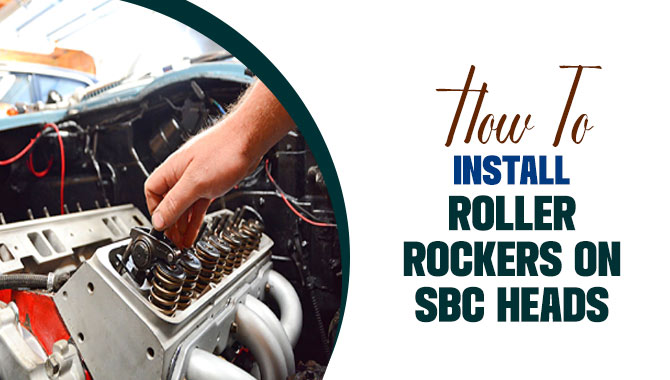
![SBC ARP Head Bolt Torque Specs [Easy Steps & Tips]](https://accuratepicker.com/wp-content/themes/Extra/images/post-format-thumb-text.svg)

